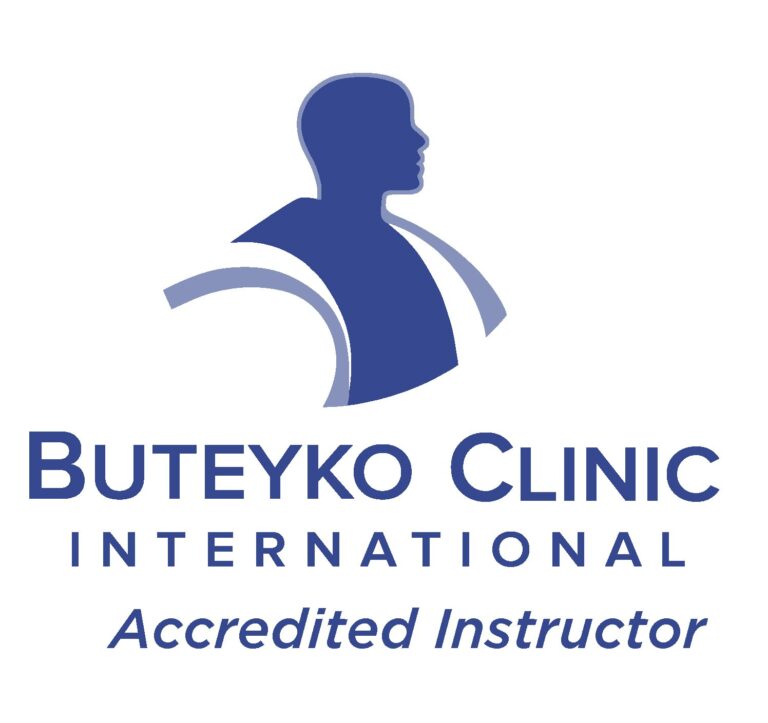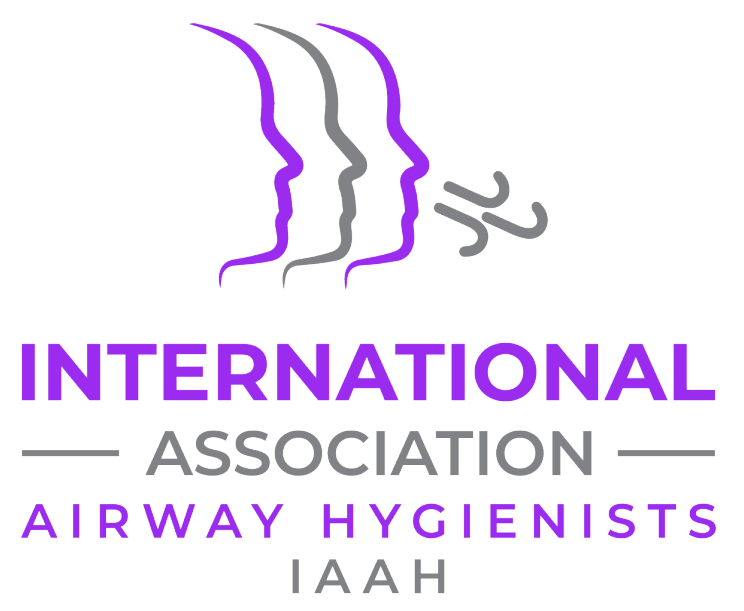FAQ's
frequently asked questions
Myofunctional therapy is a highly specialized service that is not often covered by insurance companies. I understand that paying out of pocket can be a challenge for some, but investing in myofunctional therapy is worth it as it can prevent bigger issues in the future. I believe that excellent care should not be limited by insurance coverage. To make this investment in your health more affordable, payment plans are available. In my experience, insurance companies are designed to deny claims, which can be a full-time job to submit and follow up on, chase payments, and fight denials. As a solo practitioner, I prefer to focus on patient care rather than dealing with insurance companies. This approach keeps costs lower and minimizes stress for everyone involved.
We can accept FSA and HSA health accounts as a form of payment and provide the appropriate receipts.
Please note that the complete payment for the treatment is mandatory and non-refundable. If you wish to opt for a payment plan, we require a 50% upfront payment before scheduling your sessions. You will have a period of 3 months to pay the remaining amount. Additionally, we offer a 5% cash discount if you pay for the program before the first session.
Many patients of all ages often ask me if they can benefit from a myofunctional therapy program in terms of health or appearance. There is a common belief that myofunctional therapy is only suitable for young children as their faces and skeletal structures are still developing and changing rapidly. Consequently, it is easier for their bones to change physically when exposed to an external stimulus like orthodontic treatment or myofunctional therapy.
However, in my practice, many adult patients have experienced remarkable results from myofunctional therapy, leading to life-changing outcomes. Most of my patients tend to be adults who want to make positive changes and live healthier lives.
Although it may seem that bone structure is fixed in adulthood, bones are constantly remodeling. This is why a broken bone can heal and why adults can benefit from the orthodontic expansion of their palate. With the right stimulus, change is possible, especially over a longer period.
It is worth noting that myofunctional therapy can significantly affect our oral and facial muscles by helping to switch from mouth breathing to nasal breathing. Any changes that may occur in the structure of our jaws and face due to this therapy are attributed to the alterations in the functionality and coordination of the relevant muscles. I always advise my patients that myofunctional therapy is akin to physical therapy, but it is specifically designed for the muscles of the face and mouth. Just as physical therapy can be beneficial at any age, myofunctional therapy can also be helpful.
Myofunctional therapy can change the way we look but I’m much more focused on the underlying health concerns that go hand-in-hand with oral myofunctional disorders.
For example, a narrow face indicates a narrow airway, and that’s tied into sleep-related breathing problems. And a mouth breathing habit is a dysfunctional breathing pattern that can also lead to sleep disordered breathing. A low postured tongue or a tongue thrust swallowing pattern are also dysfunctional — that’s just not how the human body is meant to function.
Being in these dysfunctional states can lead to so many different problems with health, including sleep apnea and other types of sleep disordered breathing, jaw pain and tension, headaches, gastrointestinal disturbances, and more.
Once the underlying issues are addressed and functionality is restored, then we’re on track to make a substantial difference to health and quality of life. When I say it’s never too late for myofunctional therapy, what I really mean is that it’s never too late to get healthier. Of course, addressing and treating oral myofunctional disorders early is the best possible approach. After all, prevention is always better than cure, and putting your body in a highly functional state early sets the stage for a healthy life. But whatever your age, it’s absolutely worth taking care of your health as much as you can.
Did you know that there are two types of tongue-ties? The first type is called the anterior tongue tie which is more apparent than the second type. This type can be diagnosed easily by a doctor since it can be seen right away when the tongue is lifted. The underside of the tongue is connected too tightly to the floor of the mouth, causing a restricted range of motion.
The second type is called the posterior tongue-tie, which is not very obvious at first glance. In this type, the back part of the tongue is restricted rather than the front part, making it difficult to diagnose. The other muscles of the face and mouth compensate for the restriction, making it hard to detect. One way to recognize this type of tongue-tie is by observing the floor of the mouth lifting up to allow the tongue to move to the palate. People with this type of tongue-tie can stick their tongue out a long way or get the front or the whole tongue to rest on the top of the mouth.
However, when the muscles compensate, it often leads to pain and tension throughout the neck, face, jaw, shoulders, and more. This can cause clenching, grinding, TMJ problems, postural problems, as well as sleep apnea or other sleep-disordered breathing conditions. In babies, posterior tongue-tie can lead to difficulty in breastfeeding.
To ensure that the procedure is successful, we need to start with Myofunctional Therapy. This therapy involves working on various exercises that will strengthen and tone the tongue, and increase its mobility and function. This therapy will be done for about 8 weeks before the procedure, with 4 therapy sessions scheduled every two weeks. This will help prepare your tongue for the procedure and promote better healing afterward. After the procedure, we’ll continue with Myofunctional Therapy for a few months.
During your first appointment, we’ll evaluate your current tongue mobility and create a customized therapy plan. We’ll confirm if the timeline projection will work well, and then connect you with a provider who is experienced in performing the procedure.
Remember, investing in yourself is a wise decision. A small investment now can help you save thousands of dollars over your lifetime. Just imagine the potential costs associated with dental crowns or implants for cracked teeth, redoing orthodontic treatment, or replacing night guards. Additionally, consider the expenses of copays and deductibles with healthcare providers to address sleep issues, restlessness, or chronic allergies and congestion. Your well-being is priceless, and investing in yourself is the best way to achieve a healthier and happier you.
During an assessment, I take a comprehensive look at various factors that can affect oral and facial function. Here’s what I focus on:
- Tonsils and Adenoids: Checking for enlargement or blockage.
- Breathing Patterns: Identifying if a person is mouth breathing versus nasal breathing.
- Tongue Posture: Assessing where the tongue rests in the mouth.
- Tongue-Tie: Evaluating for any restriction in tongue movement.
- Orthodontic History: Considering past or current orthodontic treatment.
- Jaw Pain and Dysfunction: Looking at any TMJ issues or discomfort.
- Head, Neck, and Facial Pain: Identifying any pain in these areas that may be linked to oral function.
- Snoring and Sleep Apnea: Assessing for sleep-disordered breathing.
- Facial Structure: Observing facial development and symmetry.
- Habits: Such as thumb and finger sucking can affect oral function.
I believe the mouth is capable of change with discipline and time. By incorporating targeted exercises, we can tone and reshape the orofacial muscles, enhancing their strength, range of motion, and coordination with other muscle groups.
In my practice, I teach clients exercises that focus on:
- Tongue Placement
- Breathing
- Speaking
- Chewing
The goal is to ensure the tongue rests in the correct place and the lips stay closed. When these simple habits are mastered, many troublesome symptoms—like issues with braces, jaw pain, and sleep apnea—can significantly improve or become easier to manage.
Self-monitoring and self-correction are key to establishing new habits. It takes time to tone and retrain the muscles, but with perseverance, you can achieve long-term success and prevent slipping back into old patterns.
Subscribe To Our Newsletter





The information on this website or any digital platform is not a substitute for medical, dental, or professional advice, diagnosis, or treatment from your healthcare provider. Always seek guidance from your healthcare provider regarding any concerns or conditions related to your health or treatment.
Quick Links
Educational Resources
Contact Info
Copyright © All Rights Reserved 2024. Designed & Developed By Web Mystic Forge.
